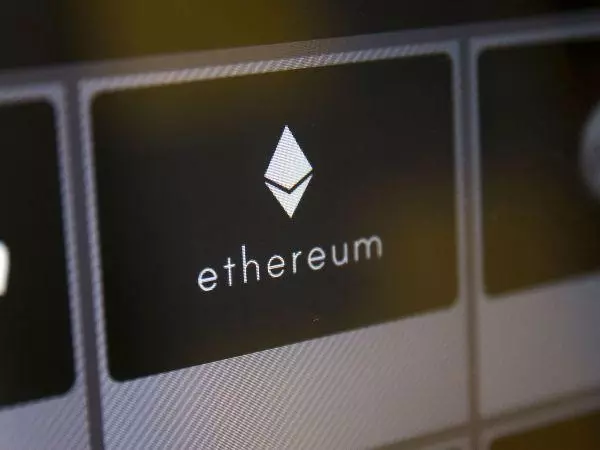Ethereum Price Rallies Above $4,000 as Institutional Inflows and Korean Demand Fuel Momentum
Ethereum has regained upward momentum above $4,000 as institutional investors pour billions into crypto ETFs and South Korean traders drive local demand. Analysts say ETH could test $4,800 if buying pressure continues, though macro uncertainty and profit-taking pose risks.

Ether update
Ethereum (ETH) has regained strength in recent days, riding a wave of institutional inflows, revised price forecasts, and shifting retail dynamics.
Citigroup recently raised its year-end target for Ether to US$4,500.00, citing mounting investor flows into crypto exchange-traded funds (ETFs) and corporate treasuries as key tailwinds.
Meanwhile, Ethereum’s re-ascension above $4,000.00 reflects renewed confidence after a period of volatility.
One factor gaining attention is the growing influence of South Korean retail capital, which analysts say is contributing meaningfully to ETH’s upward momentum.
This is visible in the so-called “Kimchi premium,” which signals higher pricing on Korean exchanges compared to global markets - an indicator of localised demand.
At the same time, institutional allocation into Ethereum continues apace. Last week, crypto investment products registered record inflows totalling $5.95 billion, with a significant portion directed into Ether and related assets.
On the ETF side, Grayscale took a step forward by locking in 32,000 ETH through its new staking mechanism, aiming to bolster institutional adoption.
The move underlines how staking integration is becoming part of the institutional narrative around Ethereum, not just price appreciation.
Despite these strong foundations, ETH is not free from challenges. Macro uncertainty, profit-taking, and overextended sentiment could pressure the token if market conditions shift.
Technical resistance near key levels and liquidity dynamics in derivatives markets may act as a ceiling unless buyer conviction remains firm.
Going forward, the balance between continued institutional demand, retail inflows (especially from markets like Korea), and macro stability will be critical. Should these align, Ethereum could push toward or exceed the revised Citigroup forecast. If not, the rally might face a meaningful pause or correction.
Ether bullish case:
Ether is accelerating its ascent from its September $3,826.75 low and is fast approaching its mid-September $4,767.66 high. Together with the $4,789.73 mid-August high it may offer a significant resistance area.
If not and were it to be overcome, the August peak at $4,954.16 would be next in line.
Ether bearish case:
Were Ether to stall below or within the $4,767.66-to-$4,789.73 resistance area and then slip below Monday's $4,490.80 low, a bearish reversal may be in the pipeline.
In this scenario, the 55-day simple moving average (SMA) and September-to-October uptrend line at $4,404.03-to-$4,402.66 may be revisited.
Ether daily candlestick chart

Important to know
This information has been prepared by IG, a trading name of IG Markets Limited. In addition to the disclaimer below, the material on this page does not contain a record of our trading prices, or an offer of, or solicitation for, a transaction in any financial instrument. IG accepts no responsibility for any use that may be made of these comments and for any consequences that result. No representation or warranty is given as to the accuracy or completeness of this information. Consequently any person acting on it does so entirely at their own risk. Any research provided does not have regard to the specific investment objectives, financial situation and needs of any specific person who may receive it. It has not been prepared in accordance with legal requirements designed to promote the independence of investment research and as such is considered to be a marketing communication. Although we are not specifically constrained from dealing ahead of our recommendations we do not seek to take advantage of them before they are provided to our clients. See full non-independent research disclaimer and quarterly summary.

